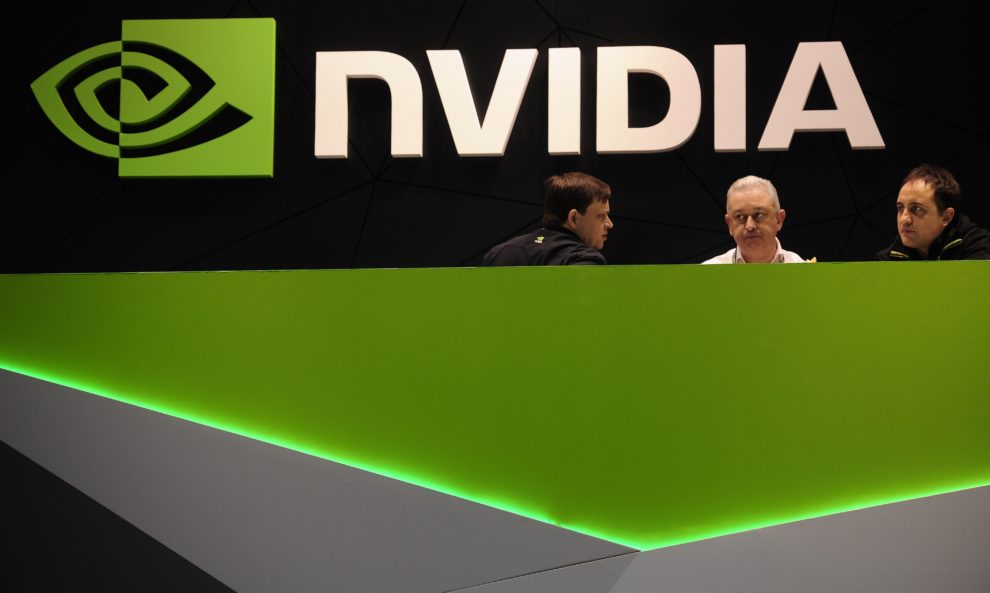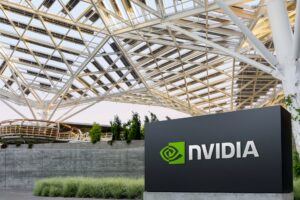Now that the outlook for cloud data center growth and gaming is improving, many analysts recently have had a change of heart regarding the future prospects of growth for Nvidia Corp. (NASDAQ:NVDA).
The primary basis for analysts’ renewed expectations is the recent improvement in capital expenditures by cloud computing companies after a year of slack spending on graphics processing unit chips and other microprocessors. In addition to favorable projections for data center and PC applications growth for Nvidia’s powerful GPU chips, some analysts anticipate an improving game market environment, which for years had been the predominant engine of consistent revenue growth for the company.
Nvidia received a shot in the arm from sales of Nintendo’s (TSE:7974) new Switch Lite gaming console, which uses the company’s robust GPU chips. Nintendo sold 1.95 million of the devices in the third quarter, leading to a 26% revenue boost in Nvidia’s gaming unit over sales in its second quarter.
Nvidia has a technical edge over its rivals, Advanced Micro Devices (NASDAQ:AMD) and Intel (NASDAQ:INTC). It is the current GPU leader in data center applications as well as for gaming end uses and threatens Intel on artificial intelligence and high-performance computing. Vivek Arya, an analyst at Bank of American Merrill Lynch, believes the company will greatly benefit from this technical edge in the burgeoning artificial intelligence frontier, most notably the ability of machine learning techniques to accurately listen, comprehend and, most importantly, to speak language contextually. Arya’s estimate for the company’s growth rests, in large part, on consistent increases in its data warehouse sales (including AI end use).
The company reported adjusted earnings per share of $1.78, down from $1.84 a year ago, yet well above the $1.58 analysts surveyed by FactSet had anticipated. Net income declined 27% to $899 million. Sales dropped to $3.01 billion from $3.18 billion.
Although the company is viewed favorably by many analysts, it should be noted that although the cloud computing sector has grown rapidly, chip demand is tied to continued robust capital spending by companies such as Microsoft (NASDAQ:MSFT), Amazon (NASDAQ:AMZN) and IBM (NYSE:IBM), who are looking to join the cloud and hybrid computing crowd.
Accurately predicting data center sales is a difficult task. Since sales in data computing centers is a key component for some analysts’ sanguine expectations, the risk, however remote, is that if spending should slow in this sector, if only momentarily, Nvidia may disappoint in the near term.
It won’t be smooth sailing in the short run, however, as the company acknowledges that the decline in revenue isn’t over. Indeed, Nvidia’s revenue forecast in the current quarter of around $2.95 billion came in short of analysts’ expectations.
Gaming revenue, which made up more than half of overall sales for the third quarter, increased strongly, though it was still lower than for the same period last year. Additionally, though it has been the market leader in GPU design, Nvidia can expect increasing competition, particularly from longtime rival AMD, which recently achieved a significant milestone. Last year, the company introduced its 7 nanometer-based Rome server chips in 2H; smaller nanometer chips are more powerful.
Disclosure: I have no positions in any of the securities referenced in this article.
Read more here:
Not a Premium Member of GuruFocus? Sign up for a free 7-day trial here.
<p class="canvas-atom canvas-text Mb(1.0em) Mb(0)–sm Mt(0.8em)–sm" type="text" content="GuruFocus” data-reactid=”41″>GuruFocus








